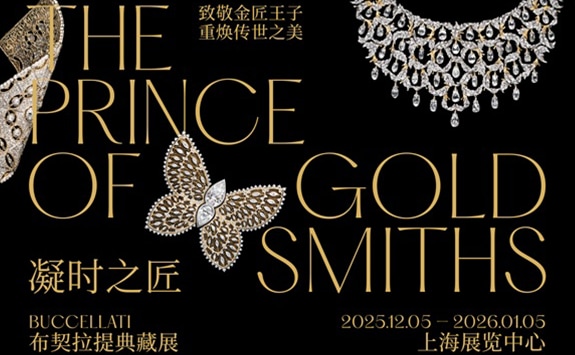Serapian celebrates Mestieri d'Arte at Fuorisalone 2025
11 APR 2025
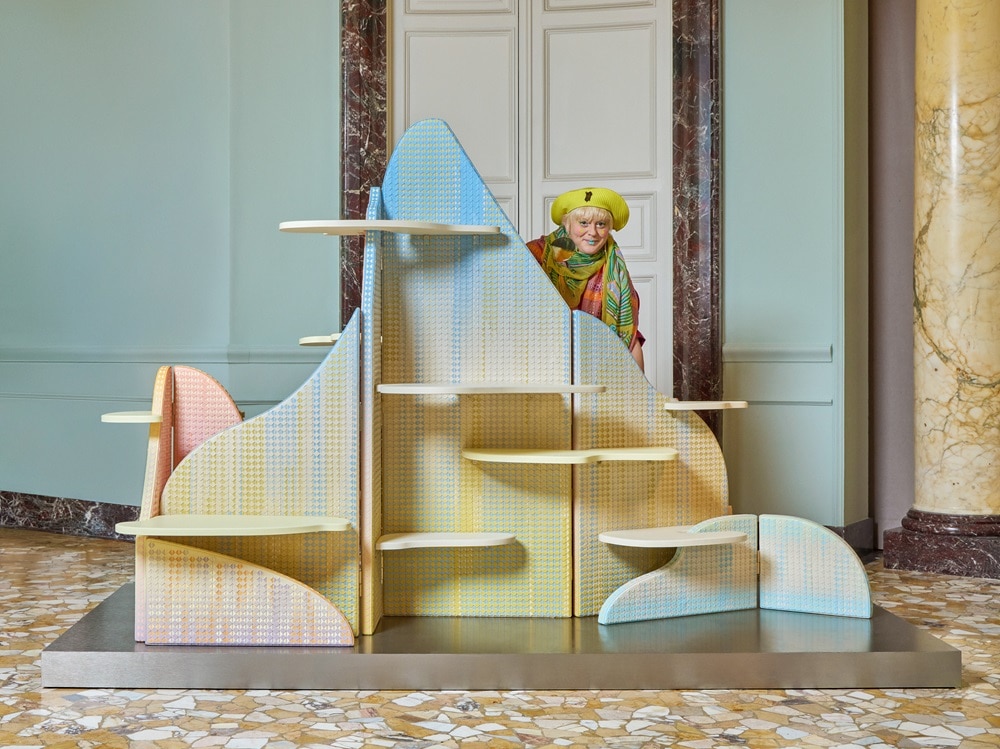
Serapian presents a new project created in collaboration with Bethan Laura Wood, unveiled at Villa Mozart during Fuorisalone 2025 in Milan.
Titled Mosaico Bokashi Landscape, the collaboration interprets Serapian’s exquisite Metiers D’Art through the unique lens of the British designer’s work, and it is staged within the company’s HQ at Villa Mozart, an architectural masterpiece by legendary Milanese architect Piero Portaluppi.
The project revolves around a paravent made of three interlocking screens, featuring Serapian’s iconic Mosaico motif and Wood’s exquisite flair for colour and composition, resulting in an extraordinary object that weaves design and craft. The Mosaico Bokashi Landscape paravent is on view at Villa Mozart as part of this year’s Doppia Firma, an annual initiative pairing contemporary creatives and exclusive craft, led by Fondazione Cologni dei Mestieri d’Arte with Living Corriere della Sera, under the patronage of the Michelangelo Foundation.
The creation highlights Serapian’s Mosaico Mestieri d’Arte weaving technique, where strips of nappa leather are woven to create different colour patterns. The composition draws inspiration from the Japanese Bokashi technique, a woodblock printing technique used to achieve gradual shading from dark to light hues. Used by Wood in previous projects and part of her ongoing research on colour techniques, the woodblock expands the possibilities of leather weaving, adding a new depth to Serapian’s Mosaico.
Serapian has been experimenting with chiaroscuro in its creations, which inspired Wood to develop a multilayered, experimental colour composition. The shades of Wood’s palette are combined with classic Serapian off-white, and include burnt orange and yellow, green, lilac and cornflower blue, blended with extreme precision to create an exquisite effect. The experience of colour is paramount to Wood’s work, and with this collaboration Serapian was able to bring this approach to a large, textured scale.
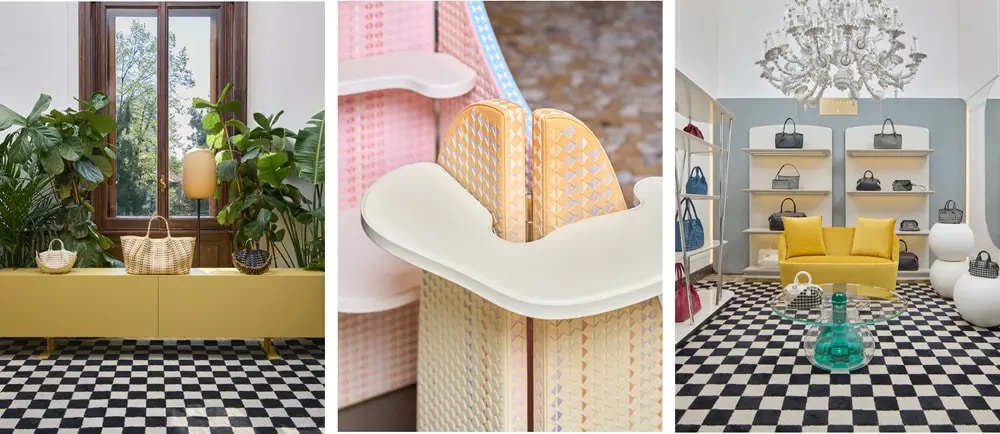
Japan has been an inspiration for both Wood and Serapian, and this piece pays homage to the country’s distinctive aesthetic and culture. Shaped like a mountainous Japanese landscape, the screen is made by Serapian’s Bespoke atelier, using hundreds of leather strips woven to a gradient, to create the effect of a sunset and sunrise on the front and back of the paravent. The imposing paravent, 160cm tall, is equipped with shelves to display small items, turning this piece of art into a functional object.
To celebrate this illustrious collaboration, Serapian and Wood will host a dinner during Fuorisalone for their respective creative communities, staged like a celebration of colour and creativity with a special floral installation by Japanese artist Satoshi Kawamoto which will echo the Bokashi-inspired paravent.
As part of the Fuorisalone presentation, Serapian also stages an exhibition on the first floor of Villa Mozart, with an installation created in collaboration with Cappellini to showcase a dialogue between design and high craftsmanship. Contemporary Cappellini pieces, including Dimorestudio’s Millepiedi bookcase and Elena Salmistraro’s Myia glass coffee table, help showcase some of Serapian’s most distinctive Mestieri D’Arte. The Maison’s leather creations are shown in an inviting space where Serapian’s black and white palette is reflected on the checkered carpets, while yellow objects such as sofa and cabinet nod to the Maria Theresa yellow, an iconic shade of Milanese architecture and a colour close to the company’s heart. In this space, Serapian’s craft comes to life through materials and techniques including the Mosaico Stop & Go technique, chiaroscuro on classic Serapian bags and leather goods, and a capsule collection created with iconic Japanese silk house Chiso.
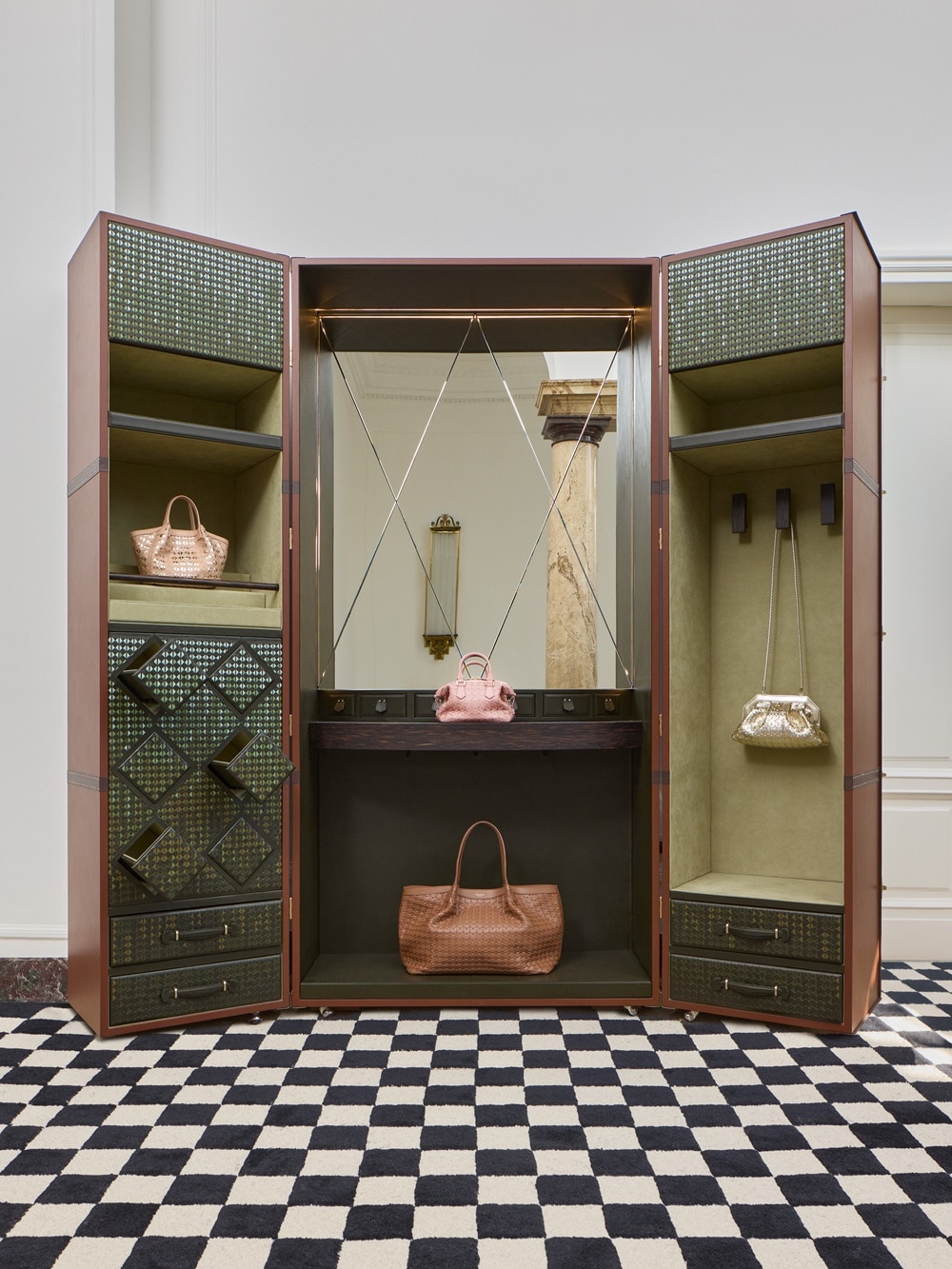
As part of this display, guests will also discover the Secret Beauty Trunk, a unique bespoke piece presented at Homo Faber in 2024. It is made of Palm Wood, with interiors crafted in the company’s signature Mosaico technique, featuring hand-woven strips of lamb nappa. Featuring 12 Mosaico drawers (6 of which are hidden from view), the trunk also includes a central backlit mirror characterised by a diamond-shaped engraving that references the iconic shape of the Mosaico pattern, and is one of the Milanese company’s best displays of its Bespoke capabilities.
"We are delighted to unveil an extraordinary object with Bethan Laura Wood, a leading British designer who is also an artist and collector. Both Bethan and Serapian are constantly experimenting, researching and innovating with colour and materials, and this large-scale, imposing paravent is a testament to our passion. It is great to combine our craft with Bethan’s to bring to life this magical object entirely crafted in Italy, crafted using our Mosaico techniques woven in our Bespoke atelier." says Maxime Bohe, CEO Serapian.
"I felt drawn to Mosaico, the weaving technique characteristic of Serapian artisans, along with the exchanges of materials and the positioning of colours. Inspired by the mountainous origins of many of this year’s Double Signature artisans and the shaded printing technique in recent Serapian collections, I was reminded of the delicate colour transitions found in Japanese woodblock landscapes. These layered tones, where two inks blend with the natural shade of the paper, evoke the soft light of dawn or dusk and create a sense of depth and distance. I tried to translate this effect from 2D to 3D, designing an interlocking mountain landscape that acts as both a partition and a display unit. The structure seamlessly weaves together customised shades of colour, reflecting the ever-changing light on the mountains, where moving clouds cast shadows and sparkling lights dance on rugged surfaces." says Bethan Laura Wood.
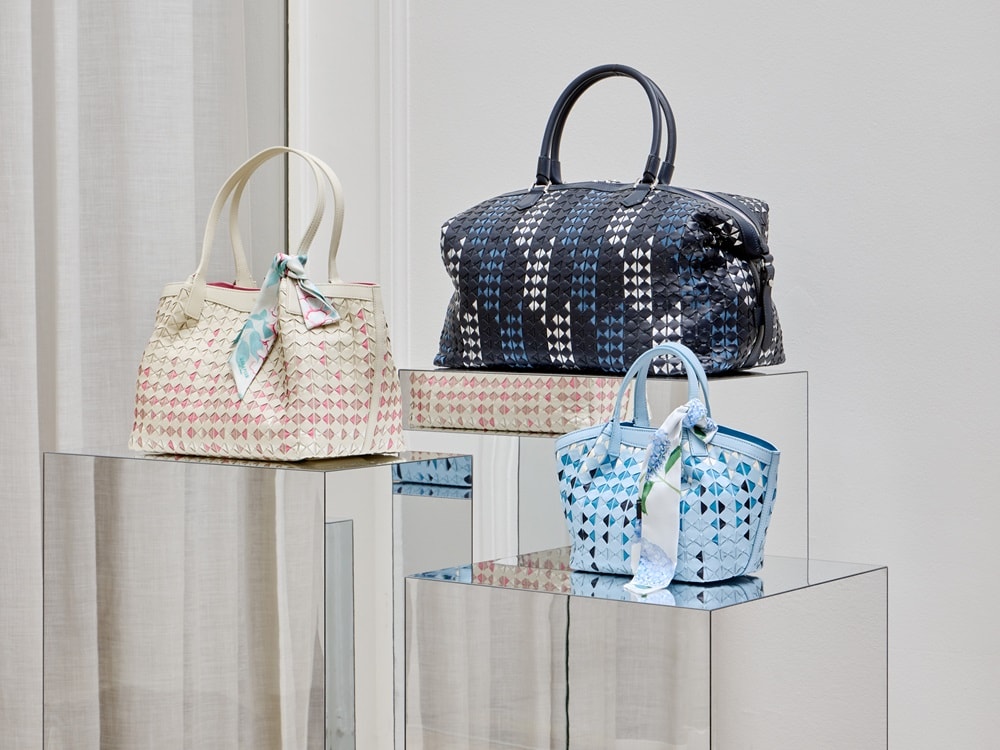
About Serapian
Founded by Stefano Serapian in 1928, Serapian is one of the oldest leather Maisons in Milan and still one of the city’s best-kept secrets.
Located in the centre of the Lombardy capital, the brand’s Bespoke Atelier is overseen by Giovanni Nodari Serapian, the third generation of the founding family. This unique destination is situated in Milan’s historic Art Deco gem, Villa Mozart. Bespoke sits at the heart of the Maison, and is the source of many of the designs that are introduced into the collections to this day.
Serapian is known to the Milanese as a leather Maison with impeccable design and craft credentials. Throughout its history, Serapian has had close ties to artists and artisans, such as proto-surrealist Giorgio de Chirico and many from the world of architecture and furniture design. The bags are made for both men and women, taking the style of Serapian to heart, clutching or wearing their luxurious pieces to an opening night at La Scala, or for a stroll along Via Montenapoleone.
Serapian embodies the discreet and precise taste of the Milanese, where so much is left unsaid until you acquire the keys to the city. Behind the doors of seemingly austere façades you will find exquisite marble entrances, mosaics and gardens. Milan is truly a city of secrets, which is perhaps why Serapian’s most famous design is the Secret Bag, a style made bespoke for a customer who wanted a hidden pocket incorporated so she could keep something precious away from view. Rumour has it that this was for a photograph of her lover. Or his letters. We will never know.
The signature appearance of Serapian bags is largely due to the Mosaico technique, first developed in 1947, a method of weaving strips of nappa leather less than a centimetre in width to create textured and coloured panels that have a fluid and lightweight look and feel. Indeed, it is a characteristic trait of Serapian that its pieces are extremely soft and unstructured.
The strips used for Mosaico come in multiple colours and can be configured in all manner of patterns, from classic black and white to more vibrant geometrics. One execution in particular has become a speciality of the house: the creation of a dégradé effect, called chiaroscuro, which requires great skill in weaving leather to achieve a smooth and gradual change of tone from light to dark. Founder Stefano Serapian was fascinated by geometry and patternmaking, as is evidenced by his sketchbooks that are still housed at Villa Mozart.
Latest press releases & news
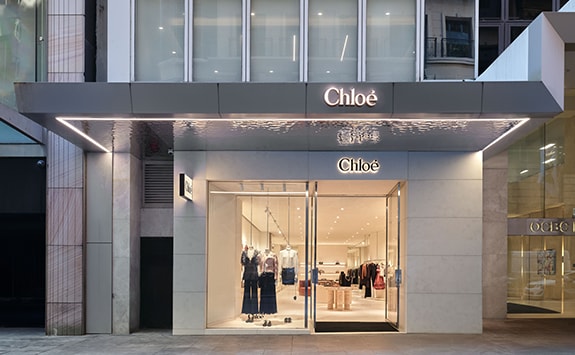
Chloé opens its first boutique in Australia
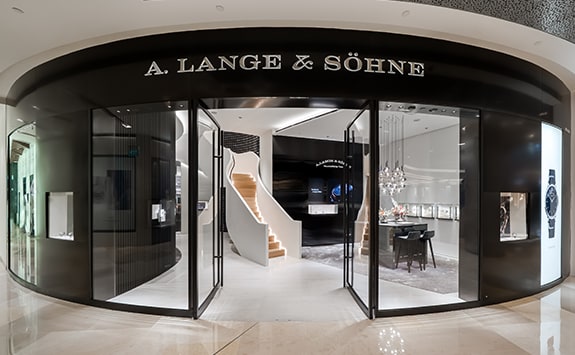
A. Lange & Söhne opens new flagship boutique in Singapore
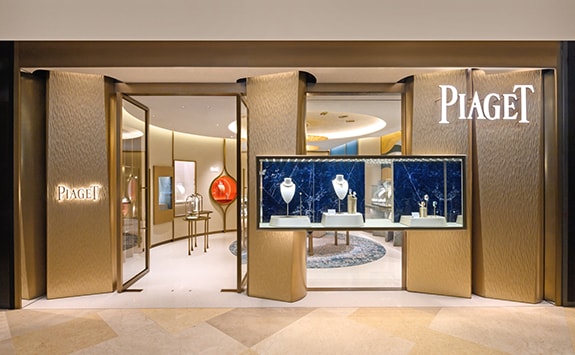
Piaget opens its new flagship boutique in Singapore
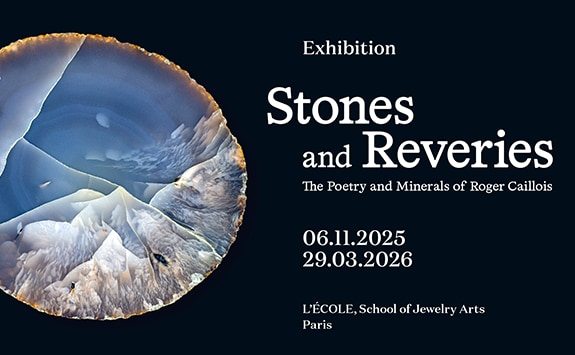
L’ÉCOLE, School of Jewelry Arts, supported by Van Cleef & Arpels, presents the 'Stones and Reveries: The Poetry and Minerals of Roger Caillois' exhibition
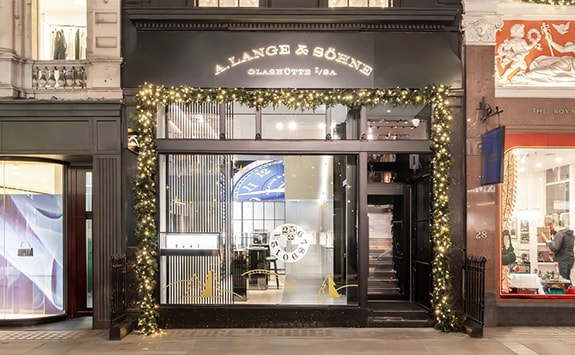
A. Lange & Söhne opens new flagship boutique in London
